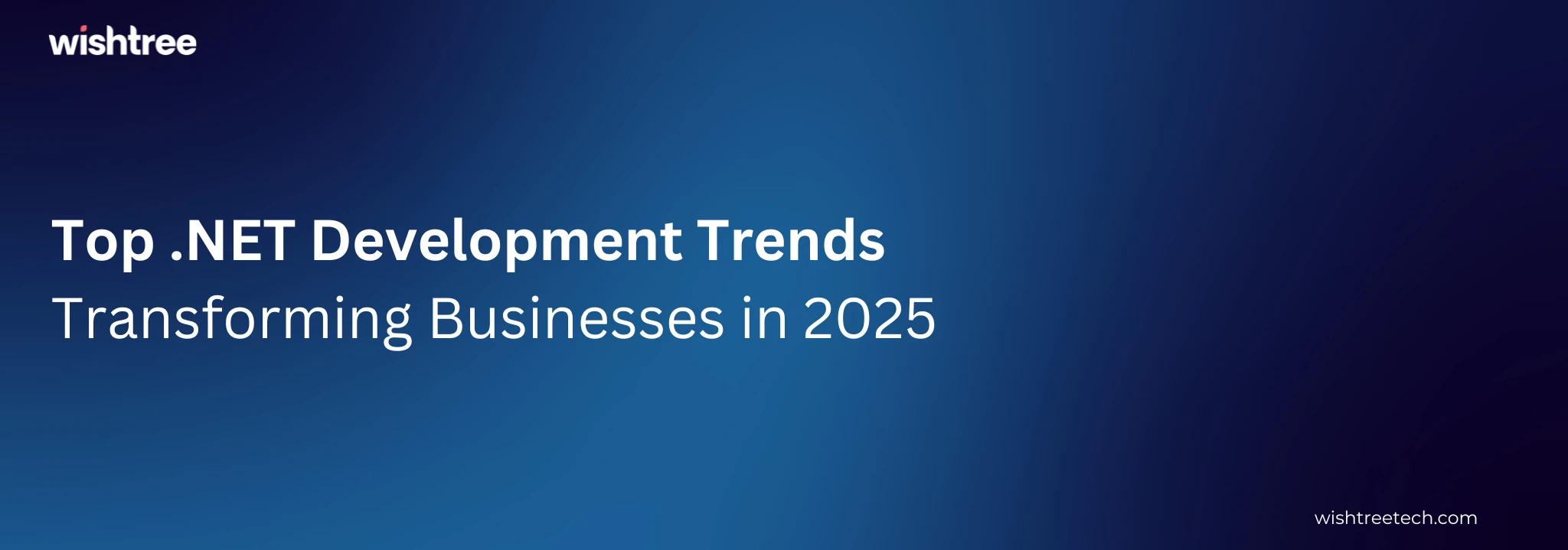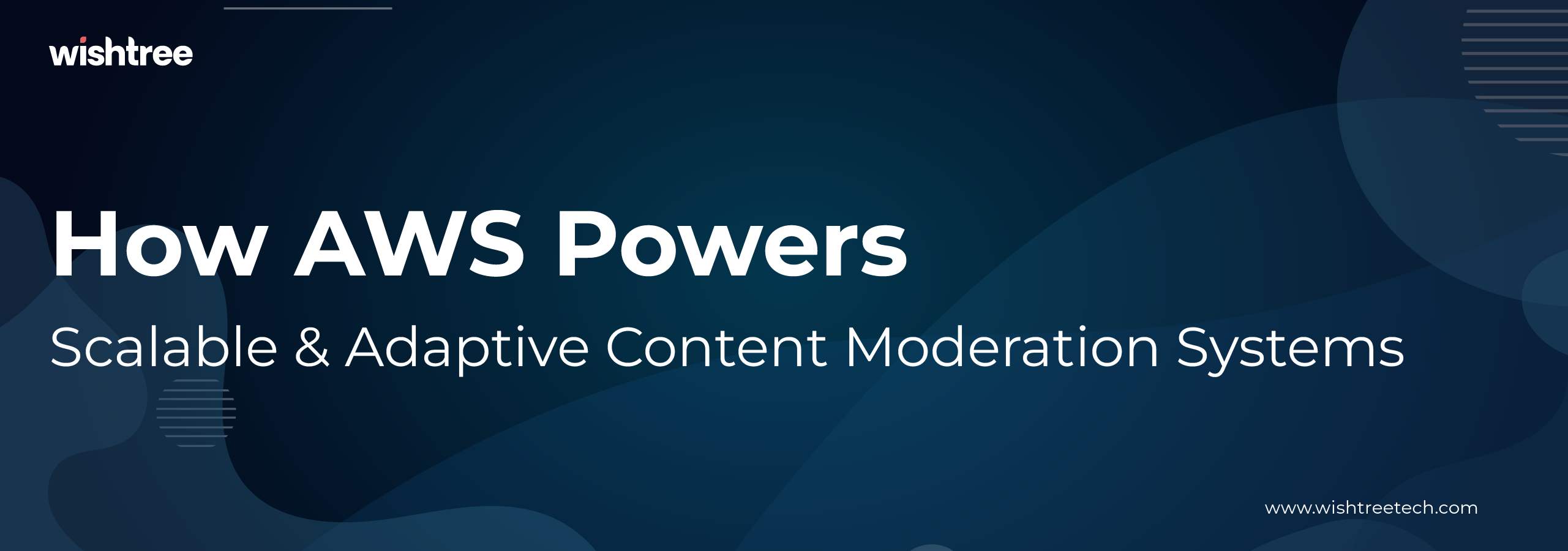Table of Contents
Businesses across the world are increasingly using cloud computing. As a result, cloud spending is fast becoming a priced resource. Most of the IT budget is spent on cloud migration and maintenance. Our cloud migration services ensure a smooth transition while minimizing downtime and optimizing cloud costs.
No wonder all companies work closely with their CTOs and C-Suite Managers to control the cost. Our cloud engineering services help businesses optimize cloud costs, ensuring seamless migration and efficient resource management. The focus is optimizing cloud migration and storage while centralizing and reducing cloud management. They are constantly improving strategies and tools to achieve this.
This process is tough and complicated due to different resources, SKUs, and storage. Understanding the complexities of various aspects of the charges is a daunting task. To simplify cloud infrastructure planning, our cloud architecture consulting service provides tailored strategies for cost-effective cloud adoption. Hence Cloud cost visibility is the primary step to take. Once the cloud visibility is addressed, cloud spending and usage can be tracked. Only then can strategies be formed to optimize the results of cloud spending.
90% of companies consider cloud computing as a key enabler in their outsourcing efforts (Deloitte)
Cloud cost visibility is the analysis of different costs of cloud services. Cloud computing plays a pivotal role in digital product development. Check out our insights in navigating the complexities of digital product development. Some of the significant costs include applications, infrastructure, and resources. The aim is to analyze cloud spending data to understand how much each cloud resource costs the business and improve the usage of these resources.
The process involves easing the data extraction process to gain maximum insights. It is important to have organized and structured data for better analysis and visibility.
Challenges of Controlling Costs through Cloud Cost Visibility
The recession has forced businesses to cut costs in all business areas. Since cloud services take a major chunk of the spending, there is increased pressure to decrease wastage and reduce cloud costs. For businesses looking to reduce cloud expenses, our cloud cost and performance optimization services offer cost visibility and resource efficiency. However, it is not easy to estimate cloud cost visibility, making it a challenge to control costs in this parameter. Here are some challenges in the process.
Optimizing cloud expenses is especially vital for AI-driven industries. Read our blog on how AI is transforming insurance claims processing to understand cost-efficient AI deployments.
Complex nature of pricing:
For example, AWS offers a wide array of services. Each service has different configurations with diverse usage metrics and pricing. It is tough to understand how each configuration is used and how much they cost. AWS invoices are in the form of complex tables, which makes it increasingly difficult. Beyond cost, ensuring security in the cloud is equally crucial. Read our guide on enhancing your enterprise cloud security every step of the way.
Complicated tagging:
The complication in tagging leads to inaccurate tagging. This results in inaccurate cloud cost reports. The analysis also becomes time-consuming and complex due to the complicated tagging process. Sometimes tags are missing leading to incorrect reports.
Dynamics of the resources:
AWS resources are dynamic and scalable. This makes predicting costs and spending very difficult to understand. By implementing cloud CI/CD, businesses can automate deployment pipelines, reducing operational inefficiencies and optimizing cloud expenditure.
Lack of detailed cost reports:
Invoices from AWS provide information about the usage of its services, applications, and resources and how much was charged for each. However, there is a lack of information on spending reports for each department and business unit.
Lack of central dashboard:
AWS offers consolidated bills but not a central dashboard to manage its applications, resources, and tags, sometimes making their visibility and accessibility difficult. Our cloud security and governance services ensure compliance and robust security while maintaining cost efficiency.
Difficult tracking:
When a business has multiple accounts and locations using different resources, it becomes difficult to track account-wise and location-wise spending on resources and applications. Remote teams managing cloud costs require a structured approach. Learn about best practices in managing remote teams in digital product engineering.
Significance of Mastering Cloud Cost Visibility
Due to various cloud services’ complex nature and dynamics, businesses struggle to identify detailed spending on each resource. They failed to get a detailed cost analysis based on where cloud resources were used. Owing to this, they cannot identify the wastage of resources and how the spending can be optimized. Cloud cost visibility can be significant in these areas.
Identification of Cloud Spending by Individual Business Units
Proper cloud cost visibility will identify cloud spending for each unit and department of the business. Visibility will also show the extent of the resources and services used, making it easier to determine and single out the necessary resources and drop the unwanted ones. Thus, each unit and department can be a cost center for the business.
Accurate Cloud Cost and Spending
When each stakeholder is regarded as an individual profit center, it is important to calculate the accurate spending done by each. This aspect will help each profit center accurately calculate its cloud spending and thus improve its profitability.
Gaining an Overall Central View of Cloud Costing
The decision-makers in the business will be able to gain a central view of cloud spending. They get accurate and detailed reports to analyze, which makes them better equipped to make decisions related to cost-cutting. This view also saves time properly budgeting and allocating funds to each department and unit for monthly cloud service needs.
While cloud migration offers a multitude of benefits, cost optimization remains a key concern.
To ensure you’re getting the most out of your cloud investment, explore Wishtree Technologies’ insightful guide on.
This blog delves into strategies to maximize your ROI and achieve a cost-effective cloud migration journey.
For businesses leveraging serverless architectures, understanding cost dynamics is crucial. Our blog on serverless revolution: scalable, cost-effective, and event-driven applications explores how serverless computing impacts cloud cost optimization.
Best Practices to Master Cloud Cost Visibility
Mastering cloud cost visibility involves an in-depth understanding of all the aspects of the cloud services like infrastructure, resources, and applications. It also requires a deep insight into the data and reports. Here are some best practices that can be followed to master cloud cost visibility.
Involve all stakeholders:
The first step is to involve all the stakeholders in the business. These can be heads from each function like operations, development, finance, engineering, etc. Each stakeholder must be able to account for the usage of AWS resources and their cost and impact on the business.
Establish visibility based on cost allocation:
AWS tags play a crucial role in cost allocation and cloud cost visibility. Every tag must be able to identify the used resource’s owner and usage for assessment of cost allocation.
Cloud cost visibility through granular reporting:
Detailed granular reports can help in achieving optimum cloud cost visibility. It will help in analyzing costs based on the usage of each resource. It will also identify spending trends over specific periods.
Create a systematic tagging strategy:
Tags start tracking data on application and activation. A systematic tagging strategy based on a prompt reporting system must be planned and implemented in advance. This approach will improve visibility as the tags will help provide reports that can be analyzed by the business more accurately. Also, this strategy will ensure correct tagging and eradicate missed tags, helping to identify cost and spending allocation.
Creation of a central dashboard for cloud resource management:
Multiple dashboards make tracking used resources in each account and location difficult. A business having multiple accounts and locations must create a central dashboard to manage cloud resources. This effort will help achieve unified cloud cost visibility for the entire business regardless of account or location.
From comprehensive cost analysis to centralized dashboard implementation, we provide the tools and expertise you need to optimize your cloud resources and maximize ROI.
Comprehensive Cloud Cost Visibility solutions with Wishtree Technologies
When you partner with us for cloud cost visibility, we provide detailed visibility and reports. We will provide you with an in-depth analysis and play a significant role in reducing costs and wastage of resources. We will ensure that each stakeholder in your business contributes to their share in optimizing the cloud services used.
A Cloud Engineering Company with an unmatched reputation, Wishtree Technologies is an Amazon Web Services (AWS) partner. We facilitate the transition into cloud setup for startups at minimized costs. Wishtree Technologies provides solutions to an array of clients, including Fortune 500 companies, Thoma Bravo, Vista Equity Partners, UN Agencies (WHO, UNDP, World Bank) Nonprofits, and Startups.
Contact us today, for a free consultation on cloud security best practices. Let’s get you started on a safe cloud migration journey.




